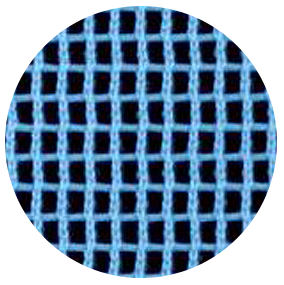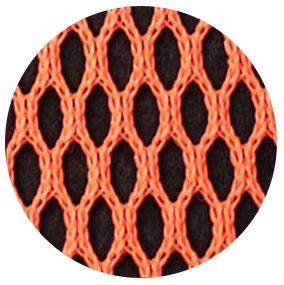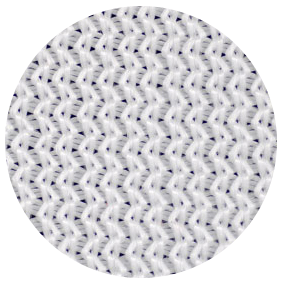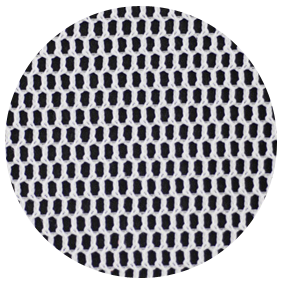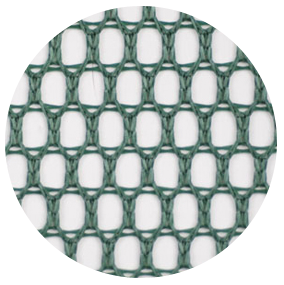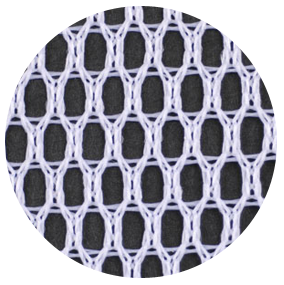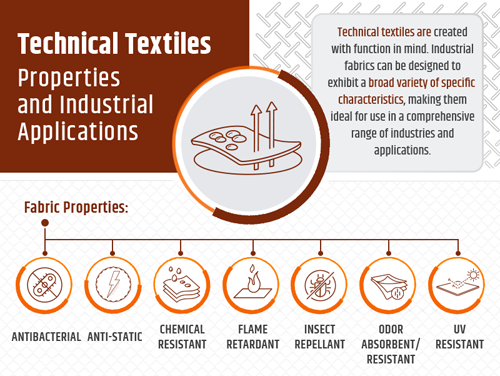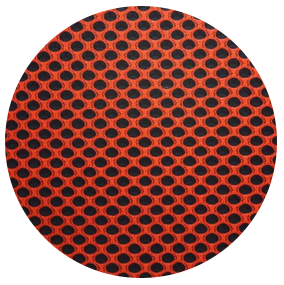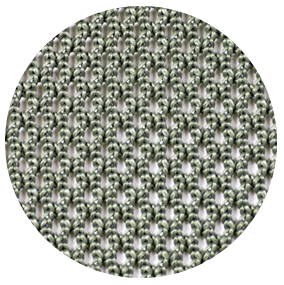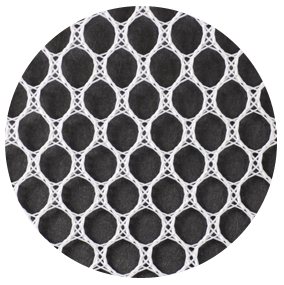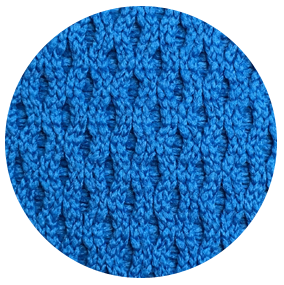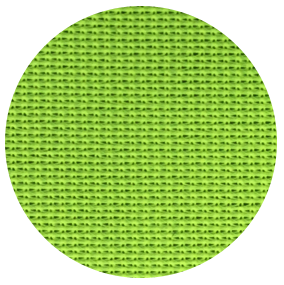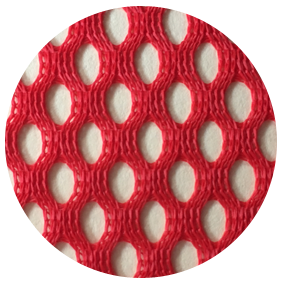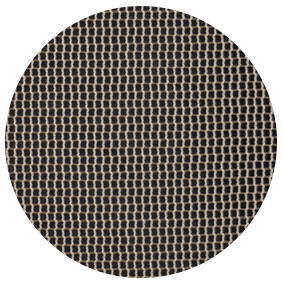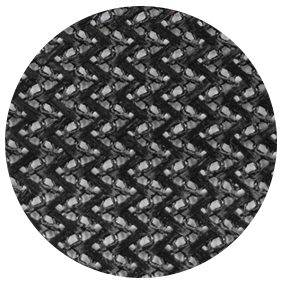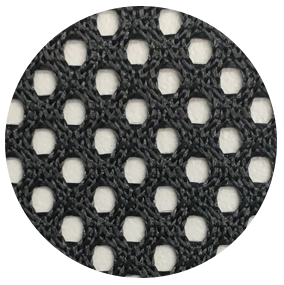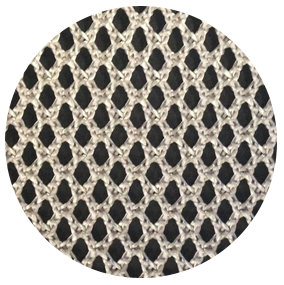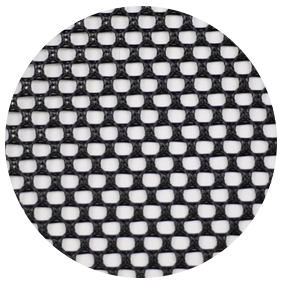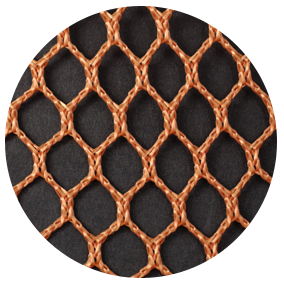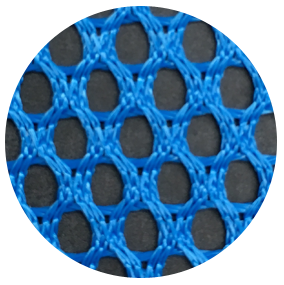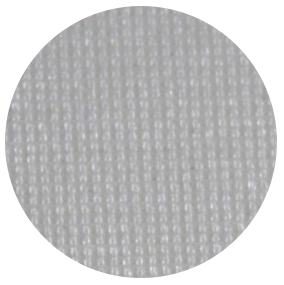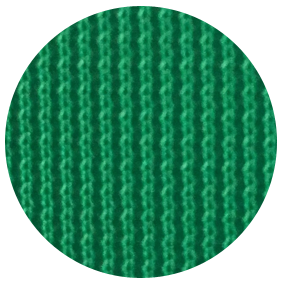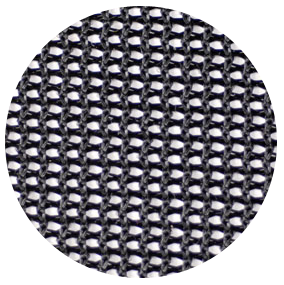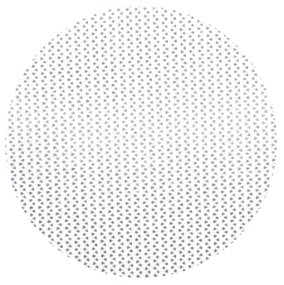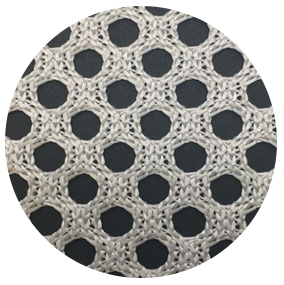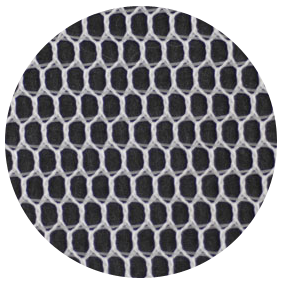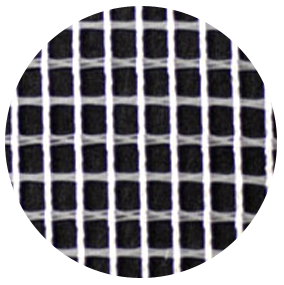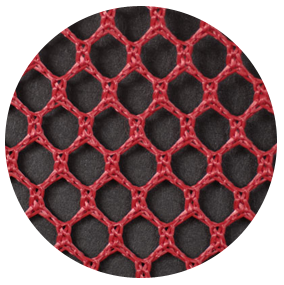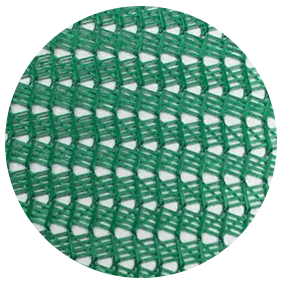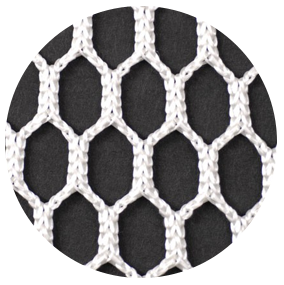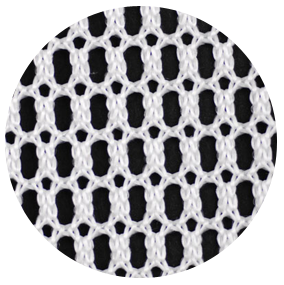While the development of commercial or consumer textiles typically focuses on comfort and aesthetics, technical textiles are created with function in mind. Industrial fabrics can be designed to exhibit a broad variety of specific characteristics, making them ideal for use in a comprehensive range of industries and applications.
Technical Textiles: Industrial Applications & Types of Fabric
Technical Textiles
The term “technical textile” typically refers to any fabric that is designed and used for a non-decorative purpose. Instead, technical textiles are conceptualized with performance at the forefront of their design. Industrial textiles may be specially fabricated to incorporate any number of physical properties.
Industrial textiles are often designed to incorporate properties that enable them to perform in specific environments. These fabrics may often be:
Technical Textile Classifications
Technical textiles are divided into categories based on their specific construction, properties, and intended use. The following areas have become relatively standard around the globe to define the niche areas of technical textiles. Some of the major categories include:
- Protective Textiles. Used to improve visibility, protect workers from injury, and provide barriers between the worker and harsh operating environments. The design and performance of these fabrics is strictly regulated by bodies such as OSHA, ASTM, and others.
- Sport Textiles. Manufacturers rely on sturdy technical textiles to create a broad variety of equipment used in indoor and outdoor sports and other recreational activities. These fabrics must often be anti-bacterial, water repellant, and more.
- Transportation Textiles. Vehicles ranging from automobiles to railcars to boats and ships all rely on textiles in a variety of ways. These fabrics are often reinforced or coated to enhance physical properties and facilitate use under stress.
- Medical Textiles. Textiles used in medical devices, surgeries, and other medical applications must meet stringent medical cleanliness and cytotoxicity standards to ensure they are safe for contact with patients. These fabrics must often exhibit a range of antibacterial and chemical resistance properties.
- Industrial Textiles. Industrial textiles serve many purposes in industrial applications. These fabrics may require the incorporation of a significant range of physical characters into the design to meet the specific needs of an expansive range of potential use cases.
While there are multiple other classifications for technical textiles, those listed here are some of the most common. Understanding these categories can help narrow the focus toward an appropriate solution when sourcing materials for a specific application.
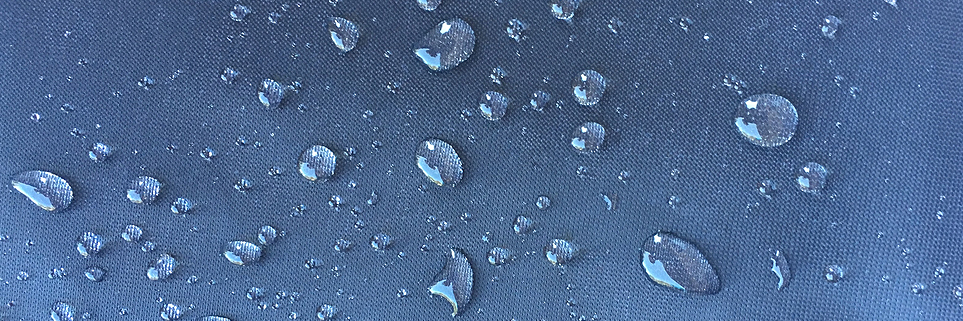
Industrial Applications for Technical Textiles
Industrial textiles are an extremely versatile line of fabrics. These technical textiles serve an expansive range of applications within and across many industries. Some of the common applications for industrial textiles include:
Recreational Trade Textiles
To view full list of Recreational Trade Textiles, click here.
While recreational applications may not specifically fall under the category of industry, the use of industrial-grade textiles is common in many sports and recreational activities. Much of this equipment must be able to handle intense repeated stresses, impacts, stretching, inclement weather, and more without failing or tearing.
Common use cases for recreational trade textiles include:
Recreational textiles often need to meet stringent standards before they can be used in manufacturing goods for use by consumers. Examples of these certifications may include:
- Hockey Equipment Certification Council (HECC)
- CPAI-84 standards for flame retardant tents
- ASTM E2922-15 antibacterial standards for sporting equipment
Occupational Safety
To view full list of Occupational Safety Textiles, click here.
Factory workers, emergency responders, construction laborers, civil servants, military personnel, and many others rely on personal protective equipment (PPE) to operate safely in the harsh environments presented by these jobs. Examples of safety equipment include:
- PPE for industrial workers
- Reflective safety vests/clothing
- Protective linings in military uniforms and equipment
- Prison uniforms
- Reflective safety flags
Occupational safety equipment must often provide an array of practical functions, such as cut resistance, high visibility, comfort and support, and more. These textiles may be strictly regulated by:
- OSHA
- ANSI
- ASTM
- Mil-Spec
- Mil-C
- Berry Amendment
Aeronautic, Automotive, and Marine
To view full list of Aeronautic, Automotive, and Marine Textiles, click here.
Industrial textiles see frequent and varied use across aeronautic, automotive, and marine applications. These industries rely on textiles for support, filtration, safety, and more. In many of their applications, these textiles must meet stringent safety standards such as:
- FAR 25.853 fire-resistance standards for aerospace
- MVSS 302 fire-resistance standards for automobiles
- IMO fire safety standards for marine applications
Each of these industries poses its own set of unique challenges for textiles. For example:
- Aerospace textiles must reliably tolerate constant changes in temperature and pressure.
- Many automotive textiles must resist stains, moisture, chemicals, and/or wear.
- Marine textiles must often withstand the harsh effects of constant exposure to water, salt, and sun.
Common examples of Aeronautic textiles may include:
Automotive manufactures rely on technical textiles for items such as:
- Seatbelts
- Fabric seat covers
- Internal coverings on doors, floor, roof, etc.
- Filters
- Seat pockets
Marine applications rely on textiles for applications such as:
- Cargo nets
- Fishing nets
- Tarps
- Moisture-repellant upholstery
- Sails
Healthcare
To view full list of Healthcare Textiles, click here.
Medical textiles must adhere to strict regulatory standards to ensure they are safe for patient contact. Fabrics must often be antibacterial, resist radiation, repel moisture, and more to ensure that they will not facilitate the contamination of patients or medical facilities. Common applications for industrial medical textiles include:
- IV bag support mesh
- Cubicle mesh curtains
- Load-bearing patient slings
- Wound dressings
- Sutures
- Grafting materials
Filtration and Substrates
To view full list of Filtration and Substrates Textiles, click here.
Knit textiles are commonly used in filtration applications. The wide variety of weights, elasticities, and other versatile design features make knitted textiles a common choice in a broad range of industrial, automotive, aerospace, and other filtration applications. Screen filters and substrates are also classified as industrial textiles and are available in a broad range of customizable options and sizes.
To view full list of Other Industrial Textiles, click here.
The full range of technical textiles used in industrial applications is versatile, extensive, and contains many items that are difficult to classify under one textile category. Some of these include:
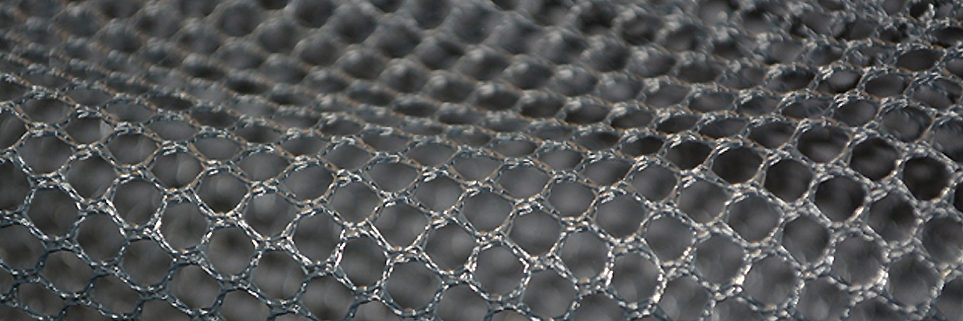
Technical textiles are essential to nearly every industrial sector due to their versatility, functionality, and customizability. Jason Mills supplies a comprehensive product line of knitted and warp-knitted technical textile products for use in industrial applications. With 40 years of experience creating textile solutions for industrial clientele, we can produce industrial fabrics that meet the needs of nearly any operation or use case.
For more information about our technical textile capabilities and how we can serve your needs, please contact us or request a quote.

